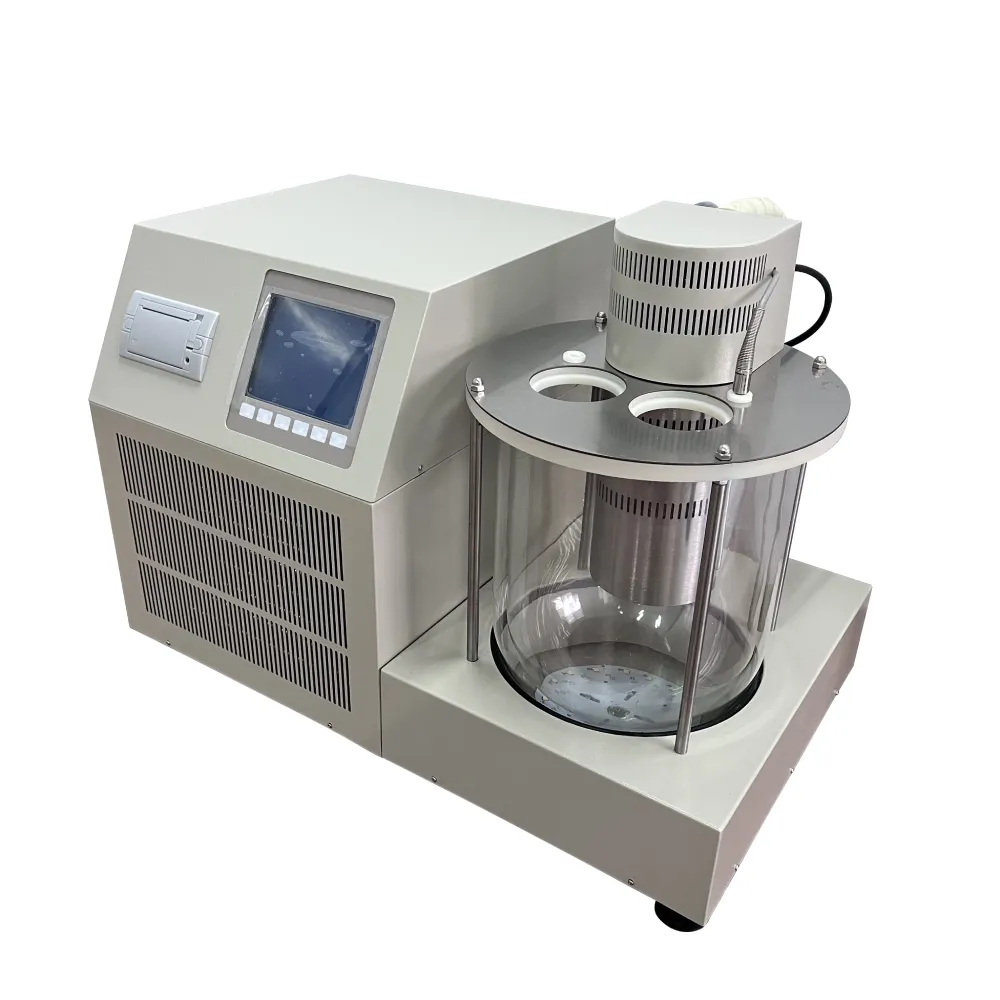 English
English



-
 Afrikaans
Afrikaans -
 Albanian
Albanian -
 Amharic
Amharic -
 Arabic
Arabic -
 Armenian
Armenian -
 Azerbaijani
Azerbaijani -
 Basque
Basque -
 Belarusian
Belarusian -
 Bengali
Bengali -
 Bosnian
Bosnian -
 Bulgarian
Bulgarian -
 Catalan
Catalan -
 Cebuano
Cebuano -
 China
China -
 China (Taiwan)
China (Taiwan) -
 Corsican
Corsican -
 Croatian
Croatian -
 Czech
Czech -
 Danish
Danish -
 Dutch
Dutch -
 English
English -
 Esperanto
Esperanto -
 Estonian
Estonian -
 Finnish
Finnish -
 French
French -
 Frisian
Frisian -
 Galician
Galician -
 Georgian
Georgian -
 German
German -
 Greek
Greek -
 Gujarati
Gujarati -
 Haitian Creole
Haitian Creole -
 hausa
hausa -
 hawaiian
hawaiian -
 Hebrew
Hebrew -
 Hindi
Hindi -
 Miao
Miao -
 Hungarian
Hungarian -
 Icelandic
Icelandic -
 igbo
igbo -
 Indonesian
Indonesian -
 irish
irish -
 Italian
Italian -
 Japanese
Japanese -
 Javanese
Javanese -
 Kannada
Kannada -
 kazakh
kazakh -
 Khmer
Khmer -
 Rwandese
Rwandese -
 Korean
Korean -
 Kurdish
Kurdish -
 Kyrgyz
Kyrgyz -
 Lao
Lao -
 Latin
Latin -
 Latvian
Latvian -
 Lithuanian
Lithuanian -
 Luxembourgish
Luxembourgish -
 Macedonian
Macedonian -
 Malgashi
Malgashi -
 Malay
Malay -
 Malayalam
Malayalam -
 Maltese
Maltese -
 Maori
Maori -
 Marathi
Marathi -
 Mongolian
Mongolian -
 Myanmar
Myanmar -
 Nepali
Nepali -
 Norwegian
Norwegian -
 Norwegian
Norwegian -
 Occitan
Occitan -
 Pashto
Pashto -
 Persian
Persian -
 Polish
Polish -
 Portuguese
Portuguese -
 Punjabi
Punjabi -
 Romanian
Romanian -
 Russian
Russian -
 Samoan
Samoan -
 Scottish Gaelic
Scottish Gaelic -
 Serbian
Serbian -
 Sesotho
Sesotho -
 Shona
Shona -
 Sindhi
Sindhi -
 Sinhala
Sinhala -
 Slovak
Slovak -
 Slovenian
Slovenian -
 Somali
Somali -
 Spanish
Spanish -
 Sundanese
Sundanese -
 Swahili
Swahili -
 Swedish
Swedish -
 Tagalog
Tagalog -
 Tajik
Tajik -
 Tamil
Tamil -
 Tatar
Tatar -
 Telugu
Telugu -
 Thai
Thai -
 Turkish
Turkish -
 Turkmen
Turkmen -
 Ukrainian
Ukrainian -
 Urdu
Urdu -
 Uighur
Uighur -
 Uzbek
Uzbek -
 Vietnamese
Vietnamese -
 Welsh
Welsh -
 Bantu
Bantu -
 Yiddish
Yiddish -
 Yoruba
Yoruba -
 Zulu
Zulu
Testing Insulation Resistance in Transformers for Enhanced Safety and Performance
Transformer Insulation Resistance Test A Crucial Maintenance Procedure
Transformers play a critical role in electrical power distribution by stepping up or stepping down voltage levels as required. One of the key factors influencing the performance and longevity of transformers is their insulation system. Insulation failure can lead to reduced efficiency, equipment damage, and even catastrophic failures. Therefore, conducting insulation resistance tests is vital for ensuring the reliability and safety of transformers.
The insulation resistance test is designed to assess the condition of the insulation material separating the conductive parts of the transformer from the earth and from each other. Over time, insulation can degrade due to factors like moisture, temperature fluctuations, chemical exposure, or electrical stress. Regular testing helps to identify potential issues before they escalate into serious problems.
Typically, the test involves applying a high DC voltage, usually between 500 to 5000 volts, to the insulation using a specialized insulation resistance tester. The resistance is then measured in ohms. A high resistance value indicates that the insulation is in good condition, while a low resistance value suggests potential insulation breakdown or contamination. Industry standards often specify minimum acceptable resistance values, which can vary depending on the type and rating of the transformer.
transformer insulation resistance test

It is essential to perform the test under specific conditions. The transformer should be offline, and all capacitively coupled devices should be disconnected. Additionally, it is crucial to allow the transformer to de-energize for a suitable period to ensure accurate readings. In some cases, a megohmmeter is used to measure the insulation resistance, providing a quantitative assessment that can be tracked over time.
Interpreting the results of the insulation resistance test requires expertise. Factors such as temperature, humidity, and the age of the insulation must be considered. Generally, as the temperature rises, the resistance drops; thus, it is imperative to record the ambient conditions during testing. If resistance measurements fall below the acceptable thresholds, further investigation is warranted. This could involve more detailed diagnostics, such as power factor testing or insulation diagnostic tests, to pinpoint the precise issue.
In conclusion, the insulation resistance test is a fundamental procedure for maintaining the integrity of transformers. By regularly assessing insulation resistance, utility companies and facility managers can proactively address potential problems and ensure the smooth operation of their electrical systems. Maintaining a robust insulation system not only extends the lifespan of transformers but also enhances safety and reliability in power distribution. As the demand for electricity continues to rise, the importance of such preventive measures will only grow, highlighting the need for rigorous maintenance protocols in the electrical industry.
-
Exploring the Main Types of Industrial Endoscopes and Their Applications Across IndustriesNewsJul.04,2025
-
Testing Equipment Industry Sees Major Advancements in 2025: Smart & Precision Technologies Lead the WayNewsJun.06,2025
-
Applications of Direct Current Generators in Renewable Energy SystemsNewsJun.05,2025
-
Hipot Tester Calibration and Accuracy GuidelinesNewsJun.05,2025
-
Digital Circuit Breaker Analyzer Features and BenefitsNewsJun.05,2025
-
Benefits of Real-Time Power Quality Monitoring Devices for Industrial EfficiencyNewsJun.05,2025



